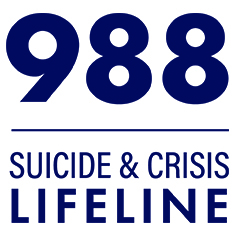Shifting Beliefs about Suicide in the Construction Industry
October 26, 2018
Construction industry workers are at higher risk for suicide than many other occupational groups. This can be partly explained by the prejudice associated with mental health conditions and a workplace culture that discourages help-seeking. A recent study found that gatekeeper training may help shift some beliefs about mental health and suicide in this population.
Mates in Construction (MATES) is a workplace program for the Australian construction industry that aims to raise awareness about suicide, promote help-seeking and help-offering, and ensure services are available for those who are struggling. The MATES program includes a general awareness training (GAT), a one-hour gatekeeper training that teaches individuals how to recognize and respond to those at potential risk of suicide.
Between 2016 and 2018, researchers surveyed 20,125 GAT participants before and after they completed the training. The questions assessed their beliefs and attitudes about help-seeking, mental health, suicide, and suicide prevention. The researchers found that GAT participation produced significant and positive shifts in most participants’ beliefs about mental health and suicide. The belief that “talking about suicide can cause suicide” changed the least. Managers and professionals were more likely to shift their beliefs about mental health and suicide than laborers, machine operators, and drivers.
Future research should use a randomized controlled trial design to improve confidence in these findings. The current study suggests that it may be harder to change mental health- and suicide-related beliefs among some occupational groups, even within a single industry. Such groups may require more tailored interventions.
King, T. L., Gullestrup, J., Batterham, P. J., Kelly, B., Lockwood, C., Lingard, H., . . . Milner, A. (2018). Shifting beliefs about suicide: Pre-post evaluation of the effectiveness of a program for workers in the construction industry. International Journal of Environmental Research and Public Health, 15(10), 2106–2119.
